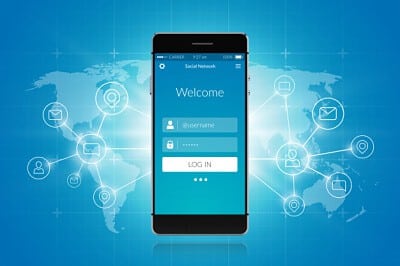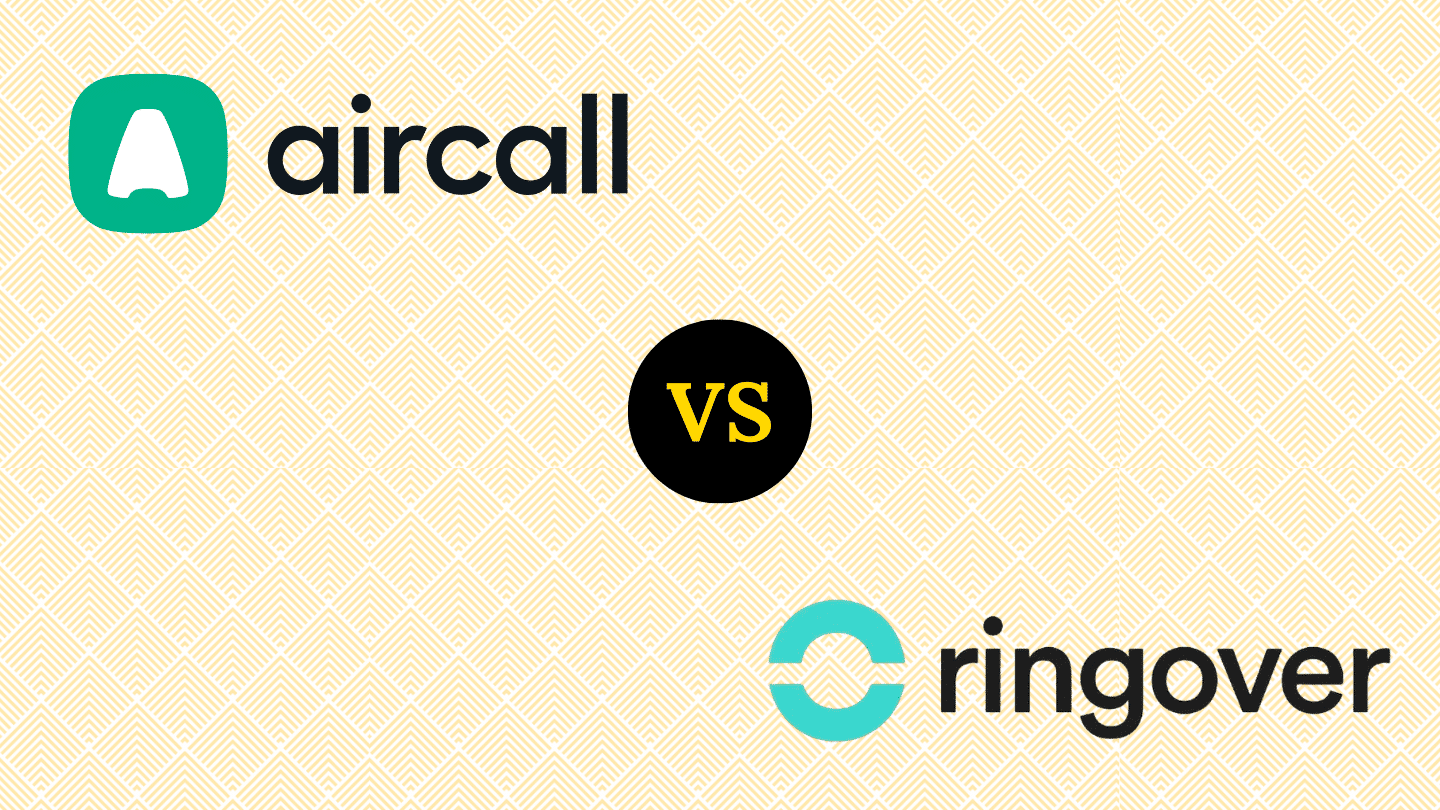Continuous technological development allows us to work with increasingly efficient and modern methods in all sectors of the business world.
These methods help to increase productivity, gain efficiency and optimise company resources.
Furthermore, as the revolution is taking place in the telecommunications sector, it also offers innovative solutions in internal and external communication.
This is particularly the case for managing telephone relations, a fundamental aspect of business communication.
The telecommunications sector is therefore a very dynamic sector where technological developments are constant.
These advances simplify and optimise remote communications, especially with foreign countries, offering more functionality and flexibility for users.
WebRTC, the evolution of IP telephony, is part of this evolution. We will therefore discuss the advantages of this technology in this article.
Contents
- What is WebRTC?
- Features of the WebRTC virtual switchboard
- WebRTC, the future of communications
- The benefits of WebRTC for business communication
- Click to speak, easy and continuous communication
- With WebRTC technology, geographical barriers disappear

Sommaire
What is WebRTC?
WebRTC(Web Real-Time Communication ) is a technology developed by Google. It is an open-source software that allows phone calls, video calls, or document sharing in real time between any device connected to the internet: mobile phone, tablet, computer or even smart TV.
Another of the possibilities offered by WebRTC is that it can be used on any device without downloading any type of program. All that is required is to connect to an online platform that allows access to the phone line wherever you are: at the office, at home, on the train, etc.
WebRTC technology works through a codec that encodes and decodes digital signals and streams so that the information reaches its destination.
In other words, it is an API directly integrated into browsers that allows real-time communication.
This new technology presents countless opportunities and advantages for both SMEs and large companies, due to the variety of applications (sales, accounting, development, unified communications, etc.).
This innovation is proving to be a revolution in IP technology and experts consider it a safe bet for the future of telecommunications and IP telephony.
Features of the WebRTC virtual switchboard
Companies are increasingly investing in solutions that strengthen their brand image.
Whether it is a question of improving the website, choosing a new logo or a new slogan, etc., there are many solutions for improving the company’s image.
However, it also depends on the quality of customer service, and this is essentially a question of whether customers are handling their calls well or poorly.
The installation of a WebRTC virtual switchboard allows you to benefit from many features:
- These features include, for example, a menu of options to guide the customer in his or her search for information, a welcome message to inform customers of the company’s timetable, queue management, call recording, etc.
- In the same way, you will be able to establish the order of preference of agents to receive calls, according to their area of expertise, their qualifications, their experience, the languages they speak, etc.
- For example, if the incoming number is assigned to Spain, the call can be directly assigned to a person who can handle the call in Spanish. In addition, internal calls and call transfers between agents are simple and completely free.
- You can also adapt the WebRTC virtual switchboard to your working hours: when your company is closed, an automatic message informs the customer of the opening hours. If the call cannot be answered for another reason, another message can be programmed informing the customer why the call cannot be answered and when he can call back.
WebRTC, the future of communications.

The Internet is now an accessible and necessary medium for every company. Calls via the Internet are synonymous, among other things, with significant savings for companies.
Indeed, working with WebRTC to make or receive phone calls means that there is no need to buy new equipment, or IP phones. In addition, there are no installation and maintenance costs.
This technology works with any browser that has an Internet connection via data or Wi-Fi.
On the other hand, the quality of WebRTC is far superior to any previous communication system.
Google claims that it has a great improvement in voice and video quality. In addition, WebRTC adapts to network variations, providing the best possible quality at all times, even when the connection is weak, unlike previous IP telephony services.
Fonvirtual is one of the companies offering this technology, which has the following main advantages: reducing switchboard installation costs, benefiting from the best sound quality available on the market and allowing free physical movement without geographical restrictions and without missing any call.
The benefits of WebRTC for business communication
- A virtual switchboard with WebRTC technology can improve communication performance and provide a quality service to customers through better call management.
- Managing corporate communication used to be a complicated and expensive job. Today, with new technologies, it has become increasingly easy and accessible to everyone, without the need for large expenses.
- WebRTC is one of these new technologies and has therefore revolutionised international communications. It is now possible to put two people in communication in real time, via a simple browser connected to the Internet.
- The future of communications therefore lies partly in WebRTC technology.
- As mentioned earlier, WebRTC adapts to network variations, allowing it to provide the best possible communication quality at all times, even when the connection is weak. WebRTC is therefore highly adaptable to variations in network quality, eliminating the usual interruptions and echoes. The software is perfect for calling from any country to any destination: voice is transmitted via the Internet, in HD quality, at no extra cost.
- Calls can be made from a computer, mobile phone or tablet. Whatever the case, the quality remains the same and the caller will never know the difference.
Click to speak, easy and continuous communication
High costs for international calls, technical problems, blocked or busy lines… Communication, especially at international level, is often problematic for both individuals and companies.
WebRCT has enabled the creation of Click to Speak (the innovation of click to call), which seems to be the most suitable solution to these communication concerns.
It is a tool that allows users of a website to communicate with the company in a simple, fast and totally free way (even if the company and the user are on two different continents).
Click to speak is a button that appears on a website and allows customers to contact the company for free with one click, without the need to find the company’s phone number and contact it with their personal phone.
With WebRTC technology, geographical barriers disappear

When it comes to calling via the Internet, geographical barriers disappear.
Working with a WebRTC switchboard means being able to answer company calls at any time, from anywhere without having to give a different phone number to your customers.
For this reason, WebRTC allows full mobility worldwide.
Let’s take the example of a Spanish company with customers in France and around the world:
It is important for this company to offer its customers a number corresponding to their country, to give them confidence that the call will not be overcharged.
It is therefore essential to use a company that can offer them one or more virtual numbers corresponding to the countries in which the company is present, although there is only one call reception centre: the one located in Spain.
A French person will therefore be able to call a French number at no extra cost.
In addition, thanks to the automatic call distribution system, a call from France can be automatically transferred to a French-speaking caller.
Otherwise, when the customer contacts the company, he or she will listen to a welcome speech and then a series of options to choose from to direct the call according to previously established criteria.
Conclusion
Business communications via WebRTC technology can improve a company’s image, increase productivity, optimise resources, increase efficiency and provide the best possible customer serviceat the same time.
WebRTC also supports teleworking, which is an increasingly common way of working. So it is indeed a cutting-edge technology.
For this reason, more and more companies are turning to WebRTC as a flexible technology that can continually evolve to meet the changing needs of users, businesses and the world at large.
What will be the next step? Only time will tell….






